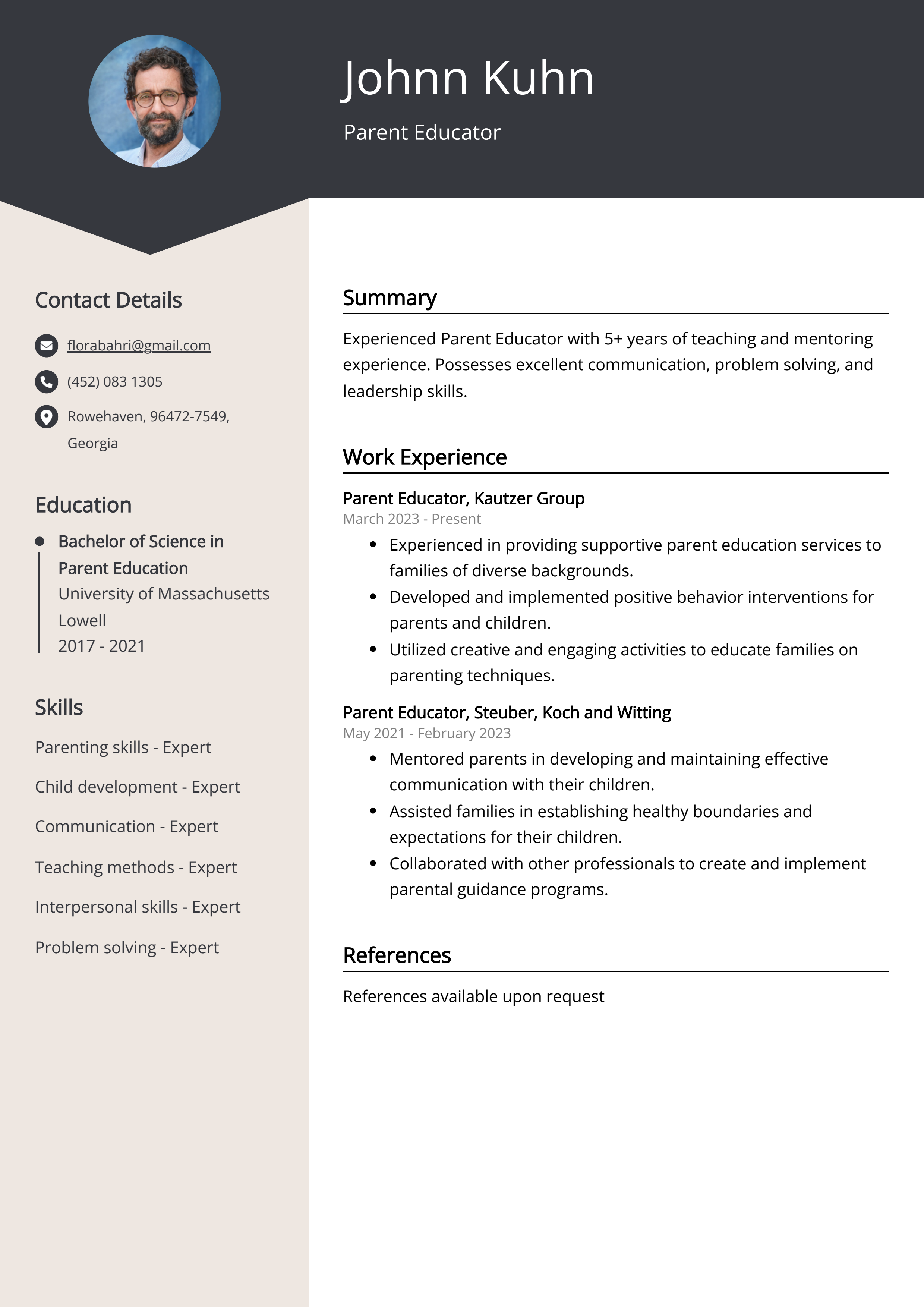Introduction
Congratulations on embarking on your journey as a new elementary teacher! While the road ahead may seem daunting, fear not, for this survival guide is here to equip you with essential tips and strategies to navigate the challenges and thrive in your new role.
Establish Classroom Routines
One of the first steps to success as a new elementary teacher is to establish clear and consistent classroom routines. From morning routines to transitions between subjects and activities, having predictable structures in place helps create a sense of stability and security for your students.
Build Positive Relationships
Building positive relationships with your students is paramount to creating a supportive and inclusive learning environment. Take the time to get to know each student individually, showing genuine interest in their lives, interests, and aspirations. Be approachable, empathetic, and responsive to their needs.
Set High Expectations
Setting high expectations for your students communicates your belief in their abilities and encourages them to strive for excellence. Clearly communicate your academic and behavioral expectations from the outset, and provide the support and resources necessary for students to meet and exceed those expectations.
Utilize Classroom Management Strategies
Effective classroom management is essential for maintaining order and maximizing instructional time. Implement a variety of classroom management strategies, such as positive reinforcement, redirection, and proactive behavior management techniques, to create a positive and productive learning environment.
Differentiate Instruction
Recognize that every student is unique and may have different learning needs, interests, and abilities. Differentiate your instruction to accommodate diverse learners, providing varied learning experiences and scaffolding support as needed to ensure that all students can access and engage with the curriculum.
Collaborate with Colleagues
Don’t be afraid to lean on your colleagues for support and guidance as you navigate your first year of teaching. Collaborate with experienced teachers, instructional coaches, and support staff to share ideas, resources, and best practices. Seek out opportunities for professional development and growth.
Communicate with Parents
Effective communication with parents is essential for fostering a strong home-school partnership and supporting student success. Keep parents informed about classroom activities, expectations, and student progress through regular newsletters, emails, phone calls, and parent-teacher conferences.
Prioritize Self-Care
Teaching can be demanding both physically and emotionally, so it’s essential to prioritize self-care to avoid burnout and maintain your well-being. Set boundaries between work and personal life, make time for activities that recharge and rejuvenate you, and seek support from friends, family, and colleagues when needed.
Seek Professional Development Opportunities
Continuously seek out professional development opportunities to hone your teaching skills, stay current with educational trends and research, and grow as an educator. Attend workshops, conferences, and seminars, pursue advanced degrees or certifications, and engage in reflective practice to continually improve your teaching practice.
Remain Flexible and Adapt
Finally, remember that teaching is a dynamic and ever-evolving profession, and it’s essential to remain flexible and adaptable in the face of challenges and changes. Embrace opportunities for growth, be open to feedback and constructive criticism, and approach each day with a growth mindset and a willingness to learn and grow. Read more about tips for new elementary teachers





